I switched to iPhone after 7 years with Android - Here's what I learned
Here's why this seven-year Android user decided to switch to the iPhone 12 Mini
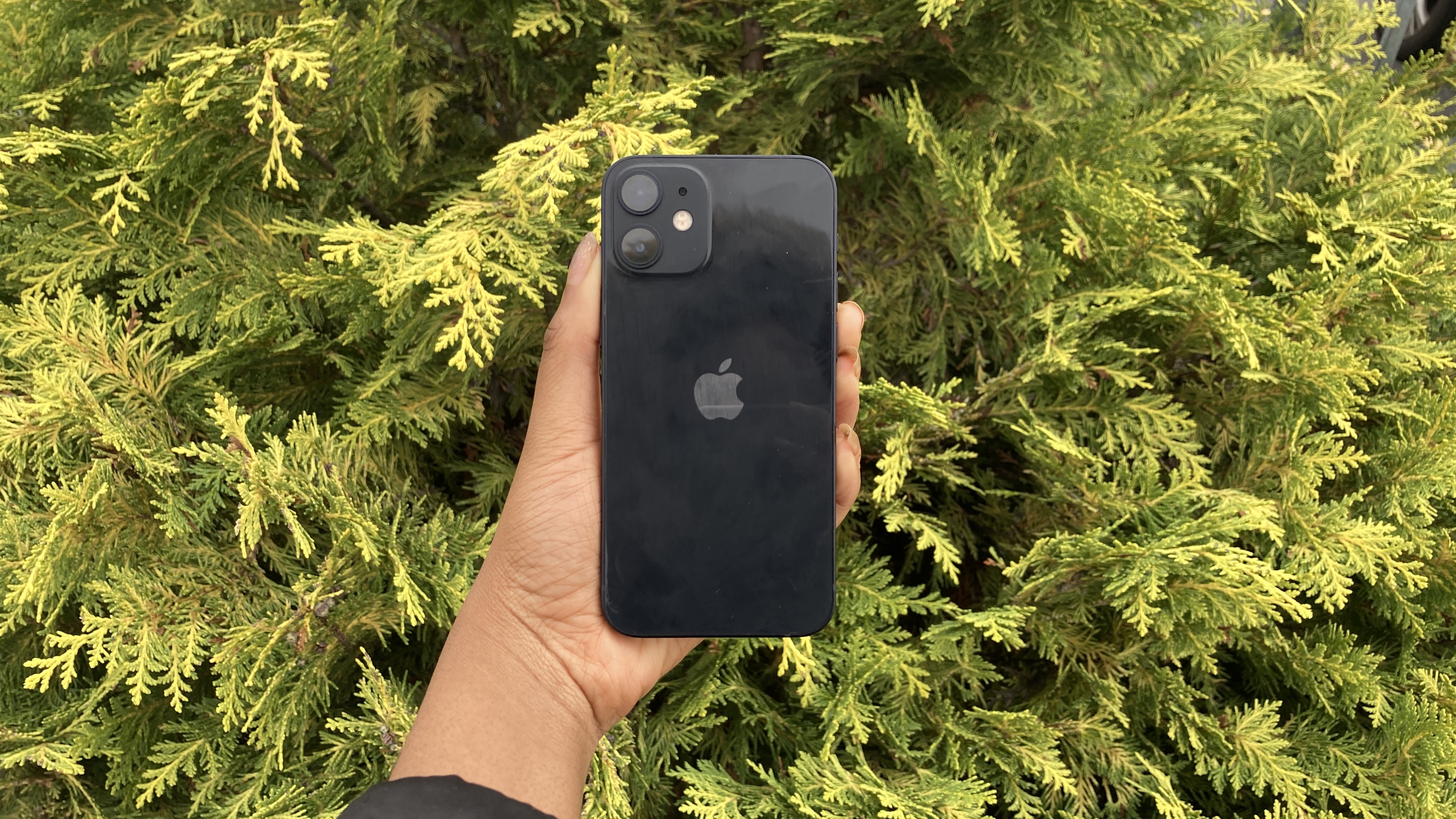
For nearly seven years, I’ve gone from one Android phone to another. I started with the OnePlus One way back in 2014 and jumped to the third-generation Google Pixel in 2018. But last month, when the time came for me to upgrade to what I anticipated would be my fourth personal Android phone, I ended up with an iPhone 12 mini instead.
While it may seem like I had sworn allegiance to Android, my criteria for a new phone has generally been platform-agnostic and I pick what is, at the time, the best out there -- both in terms of software and hardware. For instance, the Google Pixel’s cameras were simply too ahead of the curve for me to pass up at the time. Another reason why I never bought an iPhone was iOS’s wretched notification system, which didn’t even bundle alerts from the same app up until two years ago.
However, the latest line of iPhones has taken a substantial leap over their Android peers, landing at the top of our best smartphones rankings. Apple’s camera technology has at long last caught up with Google’s AI prowess. The iPhone now offers a more flexible iOS with long-overdue features, such as the ability to alter the default browser and the addition of home-screen widgets.
Plus, Apple’s excellent software support means iPhones have a much longer shelf life, at least three to four years, which is an increasingly crucial factor given the soaring smartphone prices and their adverse climate impact.
In spite of how far both Android and iOS have come since I bought my first phone, there still remains a stark difference between these rival operating systems. Here’s what stood out the most to me about the iPhone 12 mini.
iOS apps don’t feel like second-class citizens
If there’s one difference that was apparent as soon as I logged into the iPhone, it’s that iOS apps are remarkably more refined than their Android counterparts -- including apps from Google itself. Their design languages are consistent and all elements function as you’d expect them to.
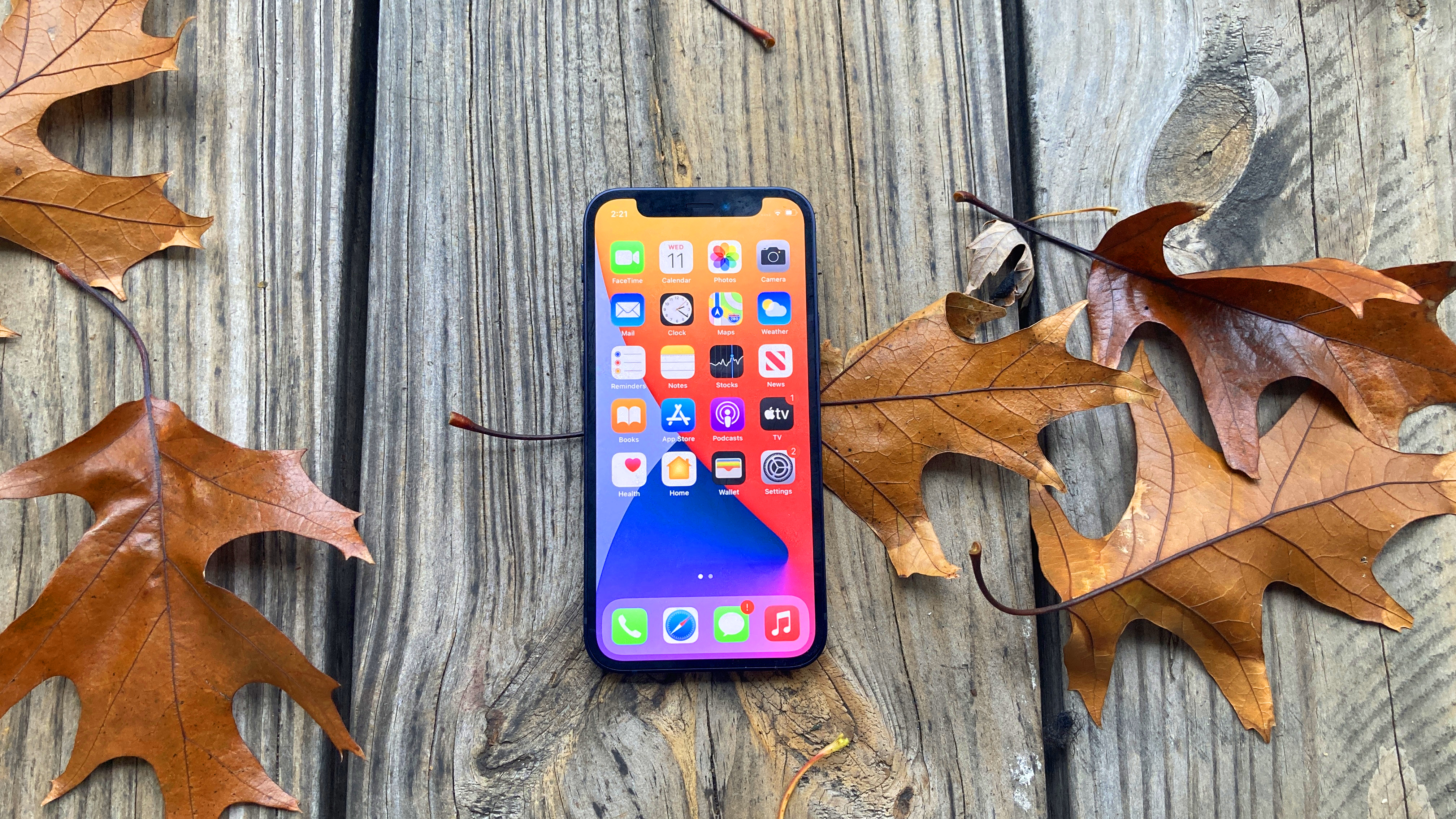
Take Instagram, for instance. It offers a rather sluggish experience on Android and its animations often act janky upon being touched. Most apps on iOS, including Instagram, are smoother, more responsive and appear to take advantage of the hardware and software’s latest capabilities.
Stay in the know with Laptop Mag
Get our in-depth reviews, helpful tips, great deals, and the biggest news stories delivered to your inbox.
Part of the reason is that most iPhones run on the latest iOS 14 version, hence developers don’t have to include outdated modules in their apps. The rest of the credit can be attributed to Apple’s strict review process that requires developers to follow all the set guidelines in order to get their services on the App Store.
On top of that, iOS benefits from a wider variety of quality apps. For example, there are barely any decent third-party camera apps on Android, possibly because a majority of Android users don’t invest in paid listings. On iOS, there are several options, such as Moment and Halide.
Privacy is not an afterthought on iOS
Although Google’s suite of privacy options has dramatically improved in the last few years, I often feel like I have to go out of my way to secure my personal data on Android. That’s not the case on iOS. It’s a privacy-first platform and that’s understandable considering it’s not owned by an advertising company.
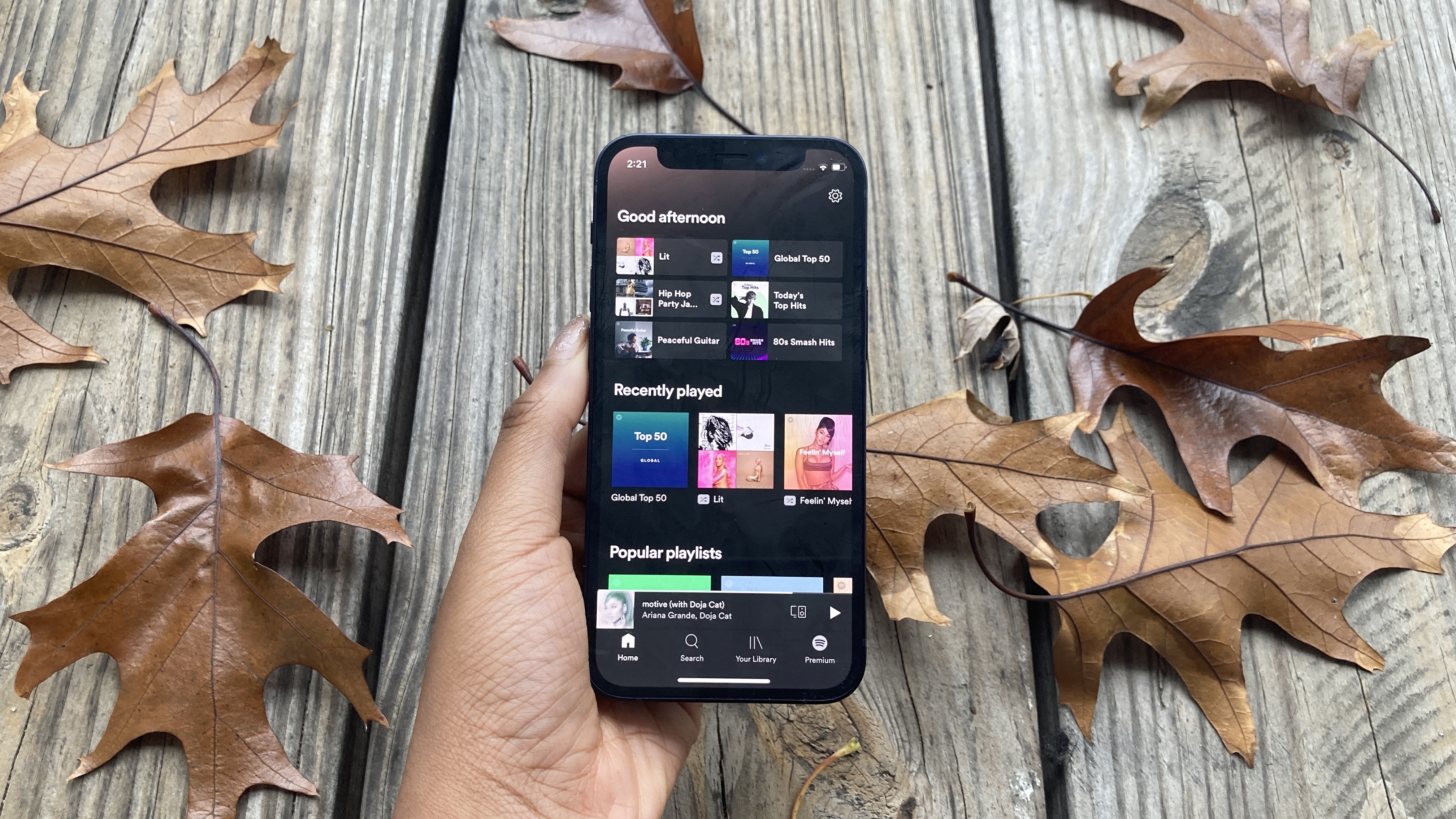
Before you even begin using a new iOS app, you can have the option to configure how much of your data you’re comfortable sharing. Even if you deny the permission prompts, the app won’t crash like they usually do on Android. Plus, on iOS, you can block advertisers from tracking you across apps, choose to only share an approximate location, and more.
iOS can come off as one giant Apple billboard
The infamous Apple walled garden is real. One of the key ways the company locks people into its ecosystem is by offering its own versions of everyday services like instant messaging, cloud storage, a video streaming platform and a productivity suite. While that’s all fine, Apple has lately upped the ante and is pushing its native apps more aggressively than ever.
To stick to multi-platform options, I’ve disabled or uninstalled most Apple apps. But the company actively prompts me to try them out through banners in the settings app or pop-ups, and unfortunately, you can’t turn these pings off. At the end of the day, it’s an unfair and unnecessarily desperate move from a company that has just sold me an upper-tier smartphone. If Apple does not want me to leave Apple, it has to at least offer the essentials, like iCloud and iMessage, on other operating systems.
A coherent hardware experience - except for the Lightning port
The most vital reason why iPhones command such a dominance over the premium phone market is their vertical integration. Apple exerts control over both the software and hardware, which has always allowed it to deliver a more coherent experience than Android manufacturers.
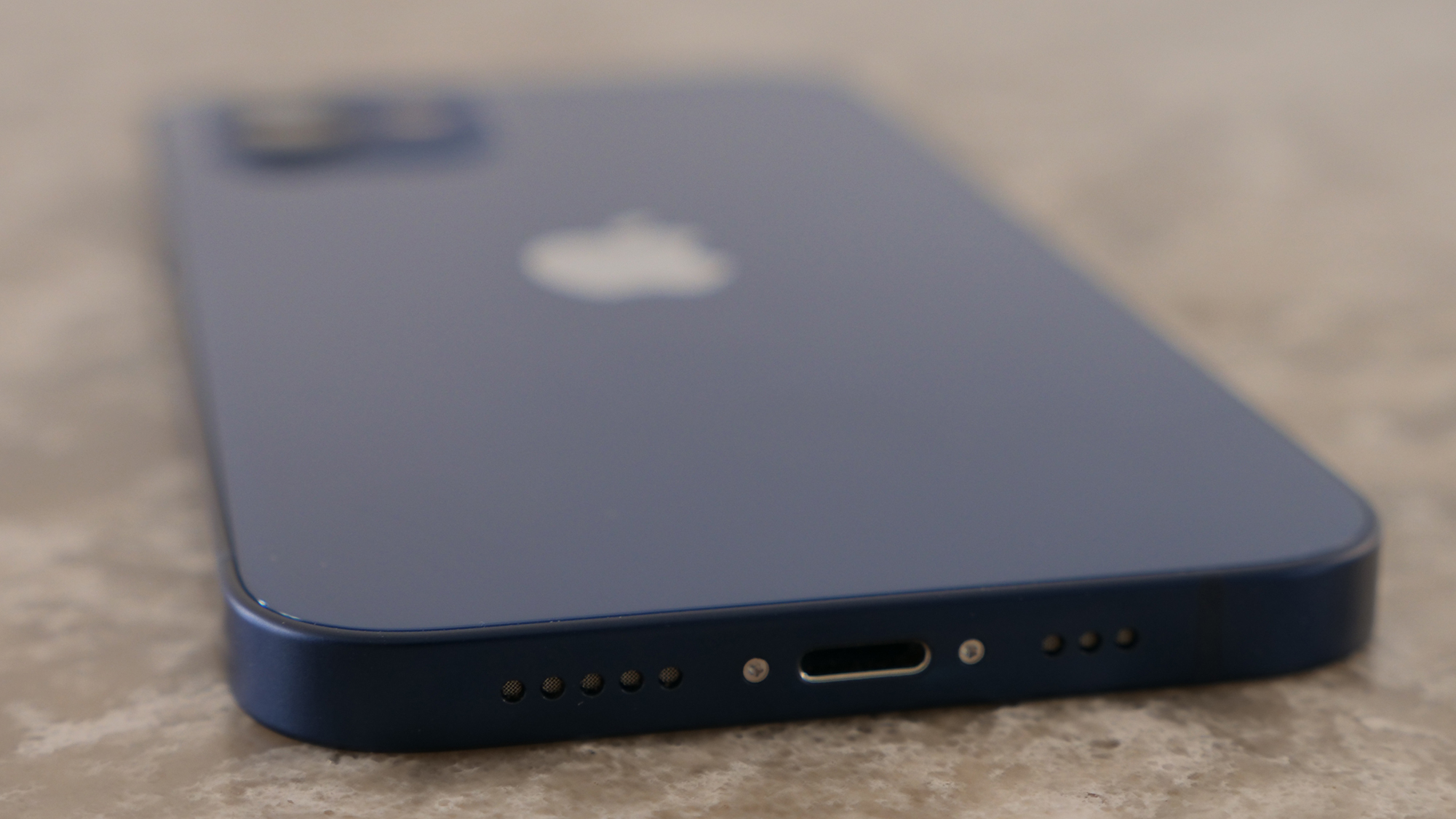
It’s not an exaggeration, either. On the iPhone, it seems like everything has been made and assembled from start to finish in one central lab. Snappy performance aside, this especially works well for fundamental abilities like automatic brightness and the haptics -- two of the many features that still remain subpar on all Android phones.
Third-party accessory support for the iPhone is also noticeably better. Companies tend to prioritize the iPhone since there are fewer models and they sell in greater quantities.
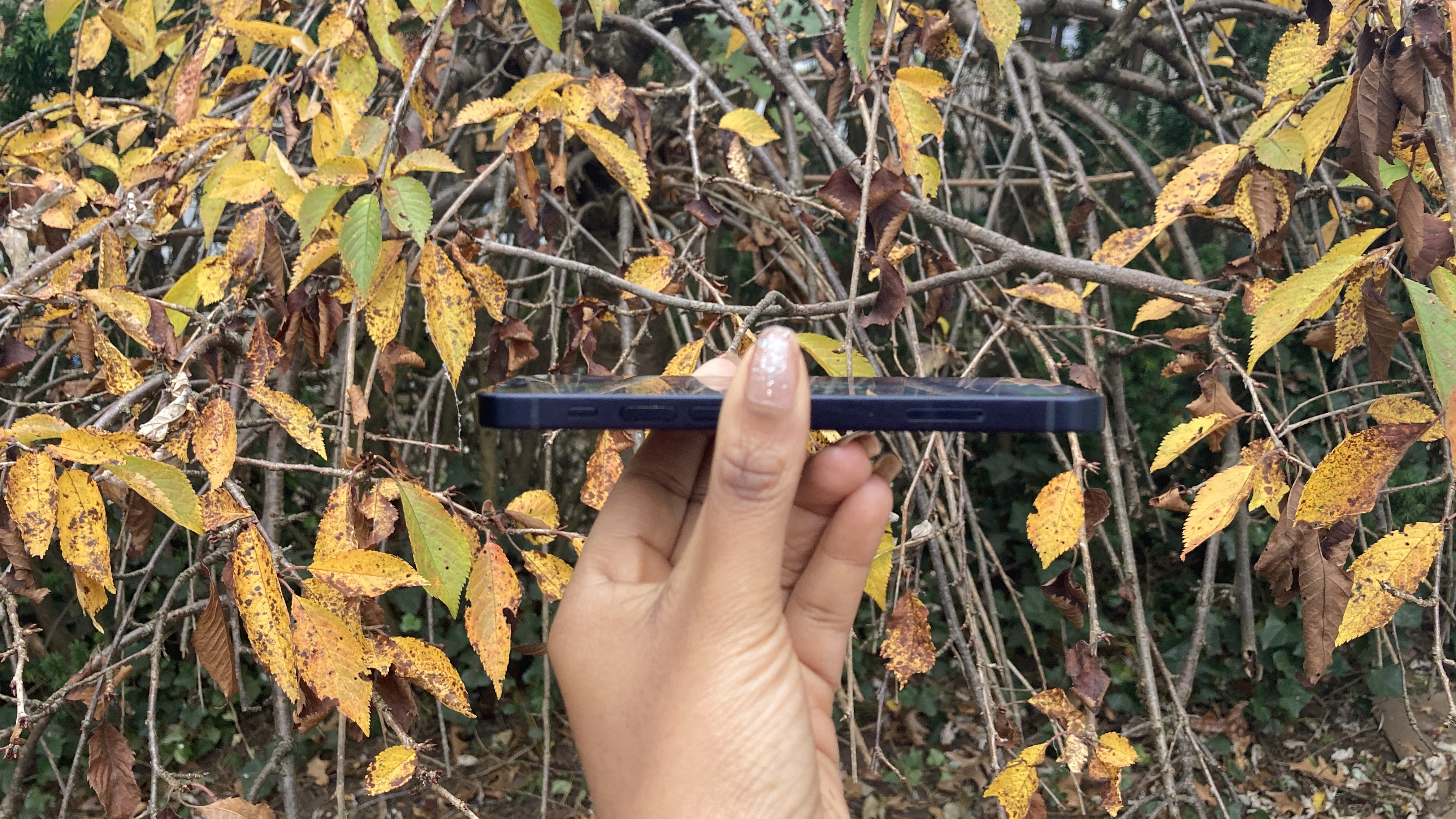
The only exception to the otherwise top-drawer hardware is by far my biggest pet peeve with the iPhone: the proprietary Lightning port. For the last couple of years, I’ve grown used to carrying a single USB Type-C charger for all my devices, be it my phone, laptop, headphones or power banks. The iPhone, sadly, continues to force its users to carry around an extra cable, despite the fact that even Apple’s computers now exclusively come equipped with Type-C ports.
iOS and Android go toe-to-toe in software features
There’s no definite answer to the perennial iOS vs. Android debate and none of them are perfect by any means. What I can say is that while both of them have received regular updates to one-up each other, Apple appears to have been more committed to patching its most pressing shortcomings, such as the notification system. In addition, Apple’s implementation of common abilities, including navigation gestures and widgets are more polished than on Android.
But there are a ton of areas where Apple is lagging behind a fair amount. Its voice assistant, Siri, is still a mess and so inaccurate that I didn’t bother to switch it on, there are no multitasking tools like split-screen, and the notification panel still has miles to go.
However, given how proactive Apple has been with updates lately, I am optimistic it will address most of these concerns in future updates. Until then, all I'm wishing for is a better clock app so that I can set up multiple timers at once. Is that too much to ask for?
Shubham Agarwal is a freelance technology journalist from Ahmedabad, India. His work has previously appeared in Business Insider, Fast Company, HuffPost, and more. You can reach out to him on Twitter.
